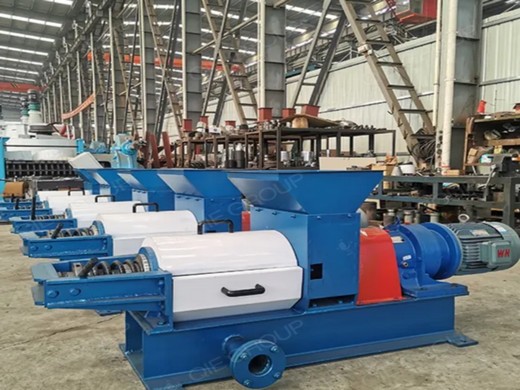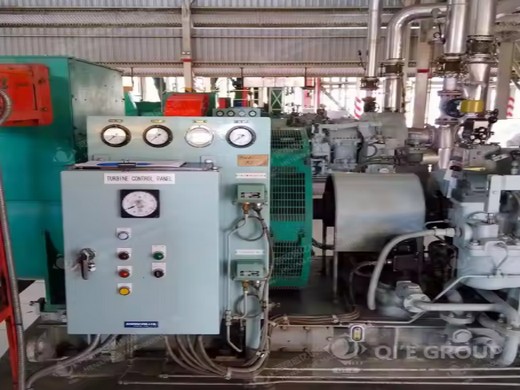Innovation and technologies for oil palm
Innovation and technologies for oil palm mechanization Enter title. Keywords: Mechanisation, oil palm, harvesting, infield transport, loose fruit collection. greater market competition
Malaysian palm oil group urges industry to tap tech to save forests Lee said the industry was also increasing mechanisation to cut reliance on foreign labour, and seeking to use tissue culture
Introduction to GEA Westfalia Separator One Oil Palm
One Oil Palm > Introduction to GEA Westfalia Separator. Introduction to GEA Westfalia Separator. Leave a reply Date: August 30, 2025 / Posted by rb. Post navigation ← International Competition on Oil Palm Mechanisation (ICOPM 2) ← International Competition on Oil Palm Mechanisation
To promote innovation and use of mechanisation in the industry, he said the board had launched the International Competition on Oil Palm Mechanisation (ICOPM) that offered a top prize of RM1
What are the limits to oil palm expansion?
One of the limits of future oil palm expansion is the competition for land with other uses. We have shown that by removing the area under current use or protection, we reduce by half the total suitable area potentially available for future oil palm expansion.
KUALA LUMPUR: With numerous challenges dominating Malaysia’s palm oil industry, all eyes are on Teresa Kok as she officially begins as the minister of primary industries. Against this backdrop
Drones, Clones and Chocolate Could Be the Answer
Drones, Clones and Chocolate Could Be the Answer for Palm Oil Planter 4:02. Drones, Clones and Chocolate Could Be the Answer for Palm Oil Planter according to Godrej International Ltd
The palm oil industry defines development narrowly, as access to income without social change, while it profits from contemporary and historical inequalities that have turned young men, many of
The Farmers’ Crisis Navdanya international
In 1998, the same year that Monsanto sneaked in its BT cotton, the MNC’s engineered a crisis, got indigenous oilseeds banned and dumped GMO soya oil on India by manipulating a drop in Import Duties. India had bound its import duties at 300% in the WTO. The US lobbies had soya oil
Palm oil is used in cooking oil, confectioneries and baked goods. Since the subsidiary was founded, it was responsible for creating up to 30,000 direct and indirect jobs; this helped reduce Nigeria’s current palm oil production shortfall and import deficit. Wilmar revitalised unproductive, previously-owned palm oil plantations and
- How much palm oil does Peru produce?
- Over the past five years, Peru palm oil production has ranged from 42,000 to 57,000 metric tons, with output for 2016/17 estimated at 38,000 metric tons, less than 1 percent of the estimated global output of 65.5 million metric tons.
- Why is mechanisation important for oil palm industry?
- The success of mechanisation can be attributed to good management of machineries. Proper training to workers is essential to ensure less maintenance to the machineries The time has come for local engineering firms to be involved in producing machinery for our oil palm industry.
- How can we improve the productivity of oil palms?
- Increase mechanisation - increase productivity per worker. Machines and implements should match terrain conditions, land size, management preferences and economic returns. Direct adoption of machines for other crops - failed to meet requirements unique to the oil palm.
- Why does Peru have a large palm plantation?
- Peruvian palm area increased from 11,000 hectares in 2006 to 38,000 hectares in 2012 due to the expansion of commercial, high-yield oil palm plantations, but expansion has slowed in recent years due to a variety of factors, primarily depressed global vegetable oil prices.
- What technologies are used in oil palm plantations?
- The document discusses technologies used in oil palm plantations, including mechanized harvesting, fruit collection and evacuation, loose fruit collection, and field maintenance.
- Why is demand for palm oil increasing?
- Demand for palm oil is likely to increase as global population and purchasing power grows, particularly given the current absence of alternatives. This increased demand creates market pressure to increase supply.






